Every day, we bite into fresh fruits and veggies, but how clean are they really? Harmful bacteria like E. coli can lurk on your favorite salad ingredients. This article will guide you through the most effective ways of washing produce to reduce the risk of foodborne illnesses.
Shifting focus from the broad context of food safety to your kitchen counter, it’s essential to understand the reasons behind washing your produce. Fresh fruits and vegetables can carry dirt, bacteria, and chemicals from their journey before reaching your plate.
Everyday handling during harvesting, transporting, and stocking exposes produce to a variety of contaminants including harmful pesticides and bacteria such as E.coli. While peeling can help eliminate some concerns, eating foods like salad greens or tomatoes without proper cleaning increases the risk of consuming pathogens that may lead to food poisoning.
Taking time for hygiene in fruit and vegetable preparation plays a key role in maintaining a healthy diet while minimizing risks associated with raw consumption. Simply put, rinsing fresh produce under running water isn’t just about removing visible dirt; it’s about safeguarding yourself and loved ones from unnecessary exposure to residues and microorganisms capable of causing illness.
For items labeled ‘ready-to-eat,’ an additional rinse ensures extra protection despite pre-washing at facilities because contamination can occur post-packaging. Therefore, making thorough washing a habit is crucial for both ready-to-eat products and those you prepare yourself – ensuring every bite is as safe as it is nutritious.
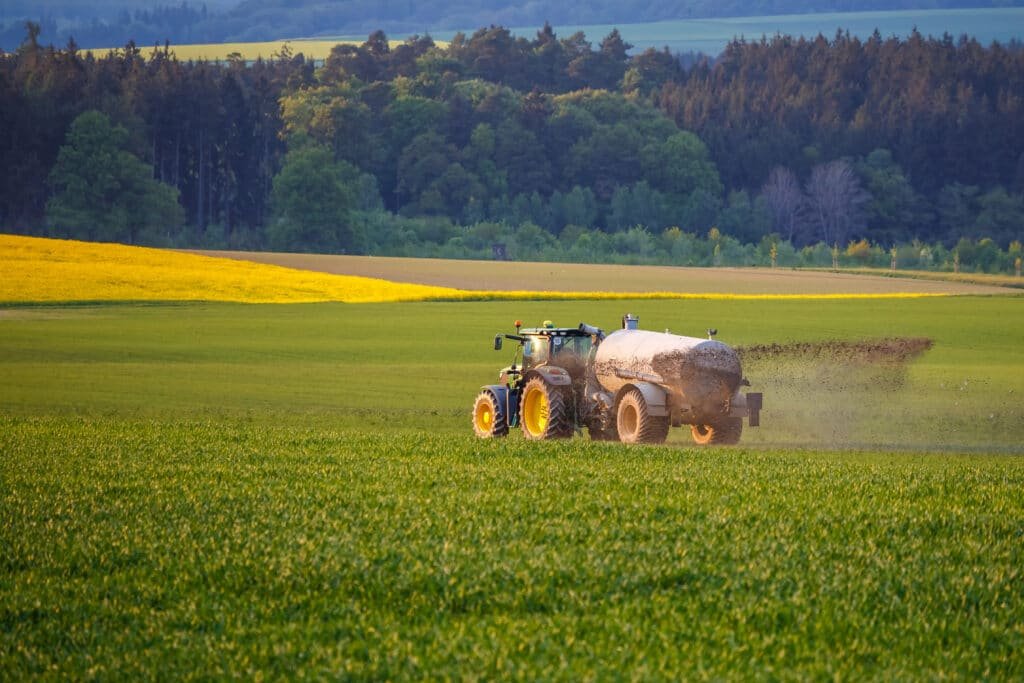
Fruits and vegetables often start their journey in fields where they absorb vitamins from the sun and nutrients from the soil. But this same soil can harbor dangerous bacteria like E.coli or pesticides used to keep bugs away. Water used for irrigation may also be a source of contaminants if it’s not properly treated, especially if it carries runoff from nearby farms using chemicals or animal waste.
Poor handling by workers who might not have access to proper sanitation can contribute further to contamination during picking.
After harvest, produce travels through various points where contamination risks increase. Packing houses might not adhere strictly to cleanliness guidelines, allowing germs from one batch of food to spread to another.
During transport, fruits and veggies are sometimes stored close to raw meat or eggs that could leak and contaminate them with pathogens like salmonella or listeria. Once these items reach your kitchen, they’ve likely encountered multiple opportunities for contamination without you even realizing it – making washing an essential step before enjoying your fresh salad or fruit snack.
Washing fruits and vegetables with a basin, soaking method, scrubbing technique, and rinsing process are effective ways to remove dirt, bacteria, and pesticide residue – read on to learn more about the best way to wash your produce.
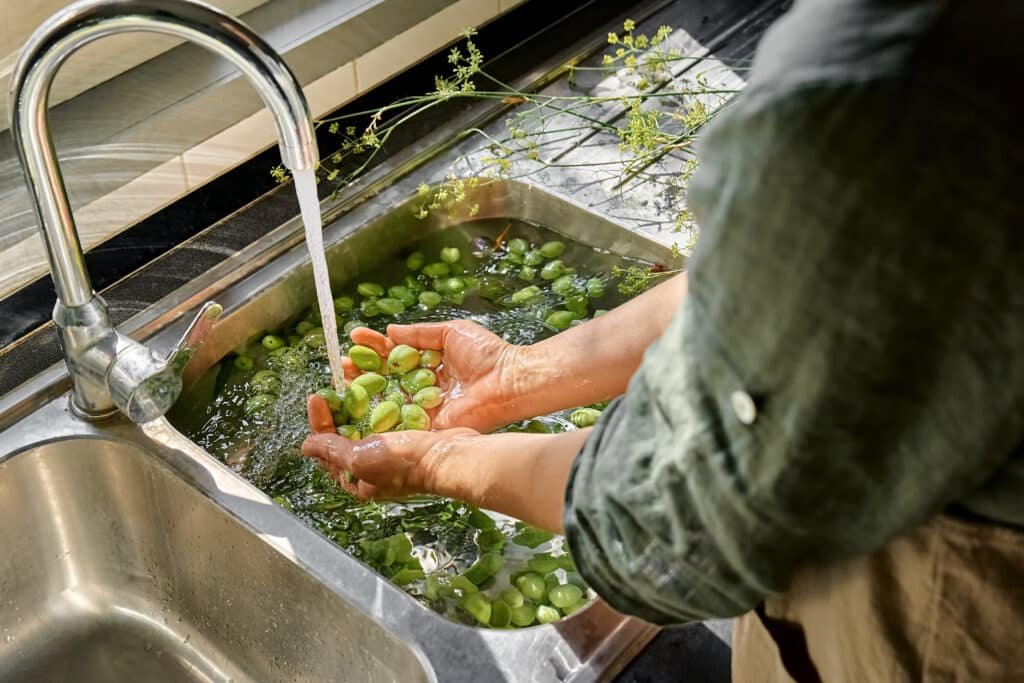
Fill your basin with cool water and gently place your fruits and vegetables inside. Let them soak for five to ten minutes, which helps loosen any dirt or grit clinging to the surface.
Use a colander within the basin; it makes removing the produce from the water easy without having to fish them out by hand.
After soaking, lift the colander to drain off the dirty water. Run fresh cold water over your produce while they’re still in the colander, ensuring a thorough rinse. This method is not just effective but also conserves water compared to running produce under a tap continuously.
With this simple technique, you can rest assured that your fruits and veggies are clean and ready for cooking or eating raw in salads.
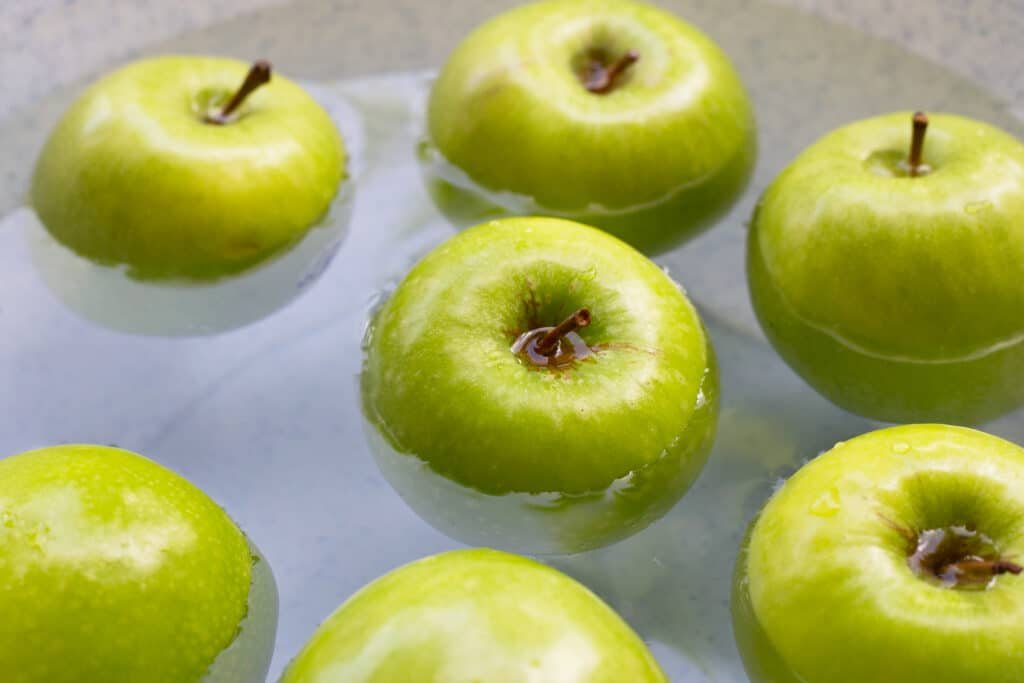
To employ the soaking method, fill your clean kitchen sink or a large basin with cool water and submerge your fruits and vegetables. Let them sit for a few minutes to loosen any dirt or surface residues.
This technique is especially useful for bunches of leafy greens that can trap particles within their leaves. Gently agitate the water with your hands to help dislodge any lingering debris from the produce.
After soaking, remove your fruits and veggies and discard the dirty water immediately. It’s important not to let them soak in the same water for too long as it may lead to recontamination.
Be sure to rinse each piece thoroughly under running cool water before you’re ready to eat or store them in your fridge. Using this method helps reduce pesticide residues effectively, making it safer for consumption especially if you follow a diet rich in fresh produce like the DASH diet – recognized for aiding weight management and reducing heart disease risk due largely to high fiber intake from fresh fruits and vegetables.

After utilizing the soaking method, it’s time to employ the scrubbing technique to ensure that your fruits and vegetables are thoroughly cleaned. This step involves using a clean vegetable brush to scrub firm produce under cool running tap water for at least 20 seconds, ensuring any dirt or residue is removed.
It’s important to note that cruciferous vegetables such as broccoli and cauliflower do not require scrubbing and can simply be rinsed with cold water in a strainer. Additionally, when washing mushrooms, dunk the caps in a bowl of water and move them around to dislodge any grit or dirt before patting them dry with a clean towel.
Remember, effective scrubbing combined with proper washing techniques plays a crucial role in reducing potential contaminants on your produce, ultimately contributing to safer consumption for you and your family.

To effectively remove dirt and potential pathogens from fruits and vegetables, give them a thorough rinse under cool running water. This process helps prevent contaminants from entering the pores of the produce and ensures that any surface dirt is washed away.
For store-bought produce, an initial rinse before cutting into it can help remove excess grit, followed by another rinse to ensure cleanliness.
When washing leafy greens or other delicate produce, be sure to separate the leaves and submerge them in a basin of cool water for a few minutes; then give them a final rinse under running water before use.
For leafy greens like spinach and kale, it’s important to submerge them in a bowl of water and gently agitate them to remove any dirt or debris. Root vegetables such as carrots and potatoes may require a produce brush to effectively clean their skins.
When washing fruits that are eaten as vegetables, like tomatoes and cucumbers, consider using a scrubbing technique to remove any waxy residue. Different types of vegetables may need different methods of washing to ensure they are clean and safe for consumption.
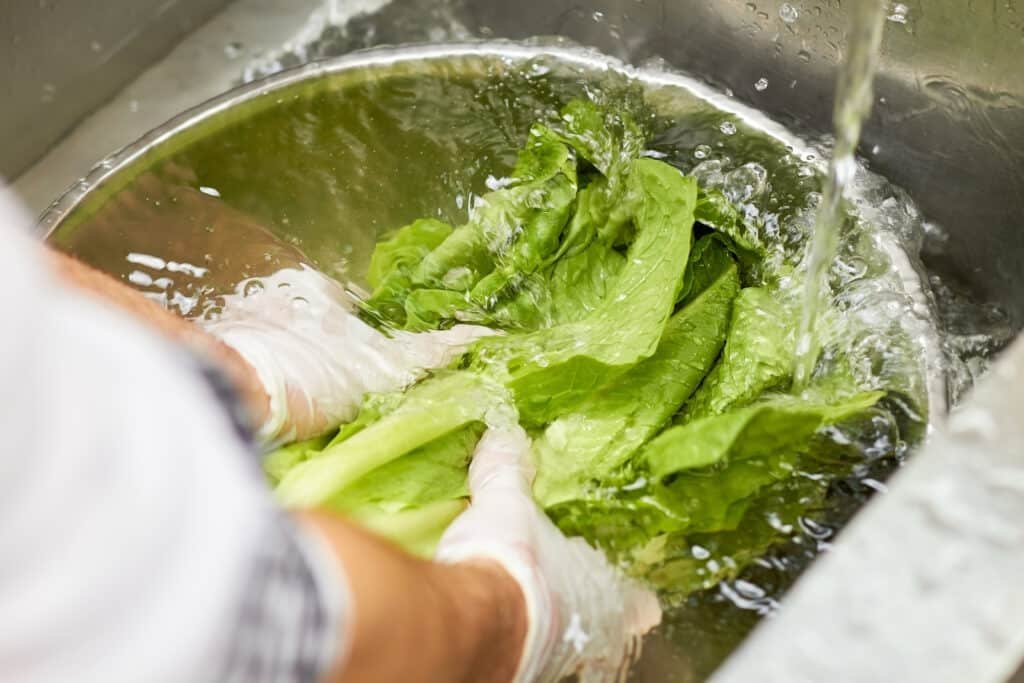
Washing and soaking leafy greens can help reduce pesticide residue levels, making them safer to consume. Leafy greens such as spinach and kale are often grown using pesticides, so washing them thoroughly can remove some of the residues.
This is important as leafy greens are a rich source of vitamins, minerals, fiber, and antioxidants that contribute to a healthy diet. Incorporating these nutritious leafy greens into your meals can provide various health benefits such as reducing the risk of type 2 diabetes.
Root vegetables such as carrots, potatoes, and radishes should be thoroughly washed under cool running water. It is crucial to scrub them with a produce brush to remove any dirt or debris that may be trapped in their crevices.
Store-bought root vegetables may require extra attention as they often carry more grit; giving them a good rinse before use is important to ensure they are clean and safe for consumption.
After cleaning root vegetables, allow them to dry completely before storing or using in recipes. This will help prevent any potential bacterial growth and keep the vegetables fresh for longer periods of time.
After addressing the best practices for washing root vegetables, it’s important to consider fruits that are commonly eaten as vegetables. Tomatoes, cucumbers, and avocados fall into this category.
While they may not fit the traditional definition of a fruit, they are often used in savory dishes and salads. These firm fruits require special attention when washing. It is recommended to scrub them with a clean produce brush under cool running water to remove any dirt or residue.
Taking care when washing these fruits will help ensure that any contaminants or pesticide residues are removed before consuming them. This simple step can contribute to promoting food safety and reducing the risk of food-borne illnesses associated with unwashed produce.
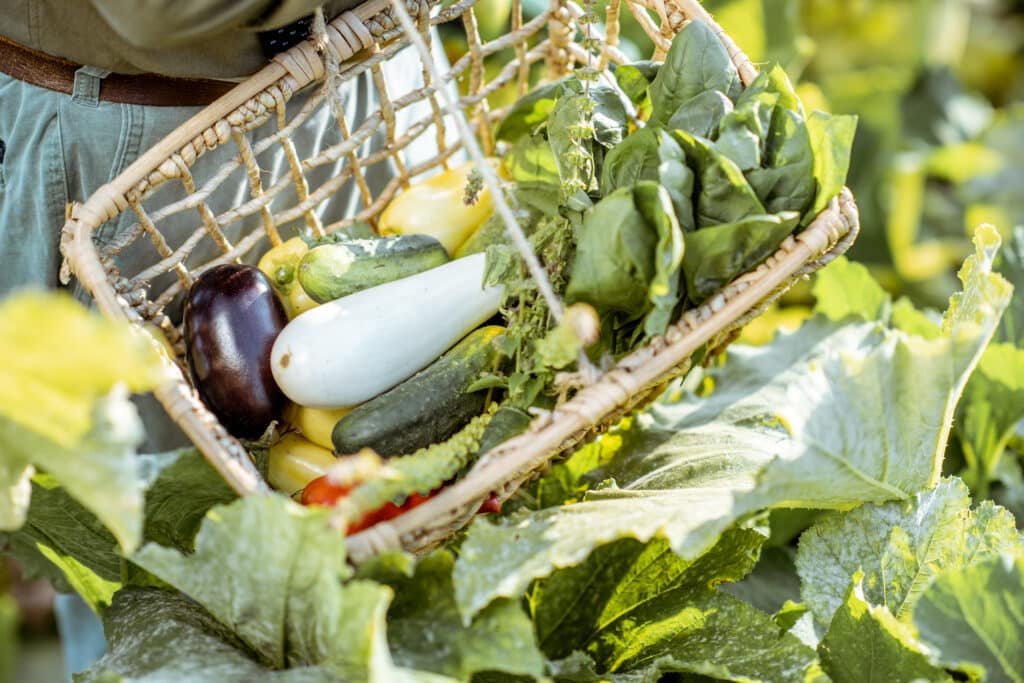
Store-bought and homegrown produce should both be washed before consumption. Regardless of the source, it’s essential to remove dirt, bacteria, and potential pesticide residues from your fruits and vegetables.
Here are the considerations for washing store-bought versus homegrown produce:
Remember that although pesticides used in conventional farming practices can leave residue on store-bought items, there may still be natural elements such as dirt or insects present on homegrown products.
Washing fruits and vegetables under cold, running water and scrubbing firm produce with a clean produce brush is recommended by the FDA to remove pesticides. Peeling produce can further reduce pesticide residues, although the benefits of consuming fruits and veggies outweigh the risks of pesticides.
Washing and soaking reduce pesticide residue levels in produce.
Using a Basin with Cool Water or the Soaking Method can effectively reduce pesticide residues on different types of vegetables like leafy greens, root vegetables, and those eaten as fruits.
Store-bought or homegrown produce both require washing to eliminate any potential pesticide residue present on their surfaces. Regardless of whether it’s store-bought or homegrown, washing is necessary for reducing health risks associated with residual pesticides.
In conclusion, the best way to wash fruits and vegetables involves using a basin of cool water for soaking, scrubbing with a vegetable brush or your hands for at least 20 seconds, and rinsing under running water.
It’s important to select produce that is free of damage and refrigerate perishable items promptly. Remember that washing hands before and after handling produce is key in preventing harmful bacteria from spreading.
A diet rich in clean, washed produce can contribute to better overall health and well-being.